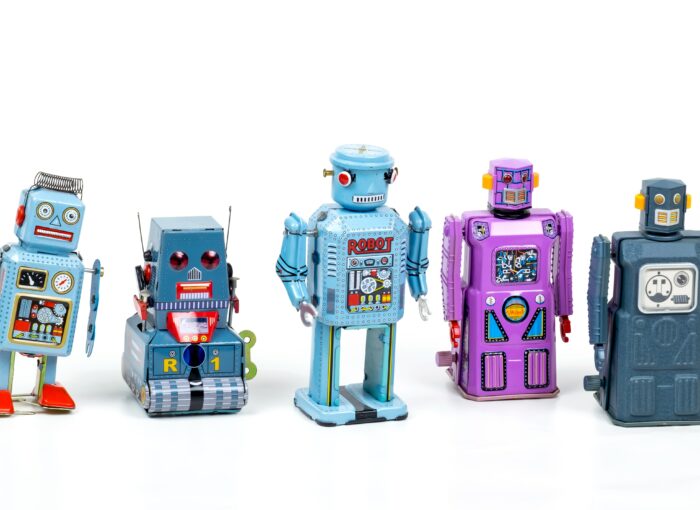A digital twin is the virtual replica of a physical object or system across its life-cycle. It uses real-time data to create simulations that can predict how a product or process will perform, run simulations in real-time and perform crucial changes before the actual changes are implemented and deployed.
The creation of a digital twin can allow the enhancement of strategic technology trends, prevent and predict costly failures in physical objects by using advanced analytical and monitoring capabilities, test processes as well as services.
Digital Twins are the outcome of continuous improvements in the creation of product design or engineering activities, integrated in the internet of things (IoT), artificial intelligence (AI) and software analytics to enhance the output.
Uses cases of digital twins can be found across industry and beyond for maintenance, maintenance, failure prevention or lifecycle monitoring. This ranges industries like automotive uses where telemetry sensors provide feedback from vehicles to the digital twin system, manufactures where processes are virtually simulated by a digital twin to provide improvements. Plus, healthcare where sensors (e.g. via IoT, AI or software analytics) can inform a digital twin to monitor and predict the health status of a patient.
It was NASA who first embraced the digital twin concept with the idea to create digital simulations of space capsules and craft for testing. Since Gartner named digital twins as one of the top 10 strategic technology trend, the concept has been used in an ever-growing array of industrial applications and processes.

